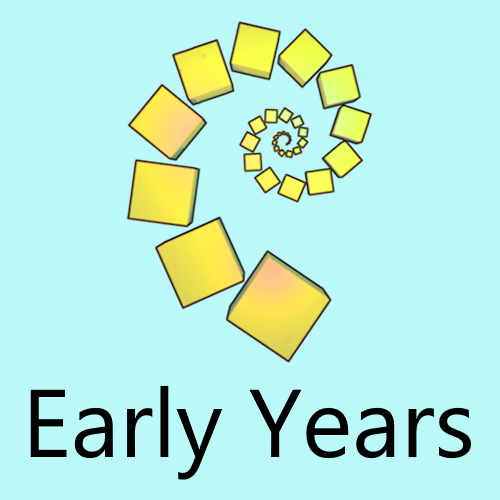
Developing pattern awareness with young children
This article explores the importance of pattern awareness with young children.
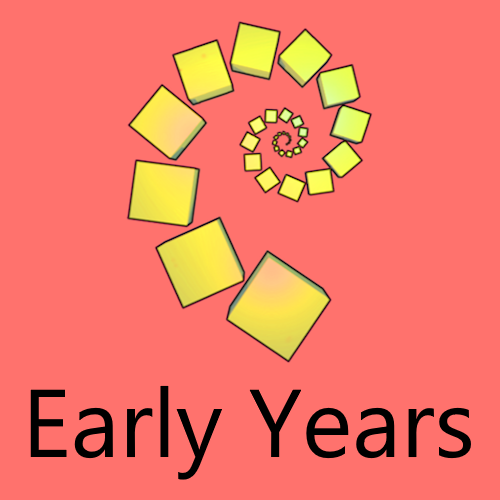
Young children's mathematical recording
In this article, Janine Davenall reflects on children's personalised mathematical recordings as part of a small research project based in her Reception class.
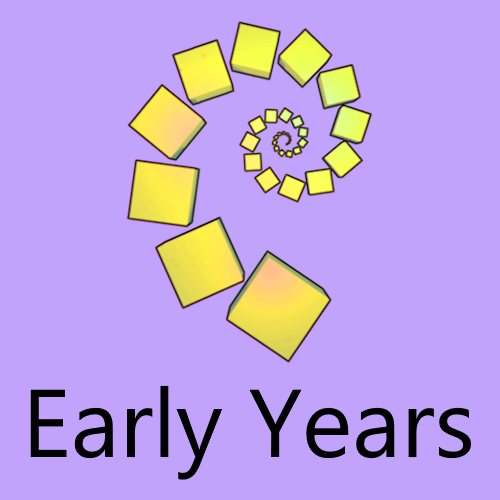
Mathematical problem solving in the early years: developing opportunities, strategies and confidence
In this article for Early Years practitioners, Dr Sue Gifford outlines ways to develop children's problem-solving strategies and confidence in problem solving.
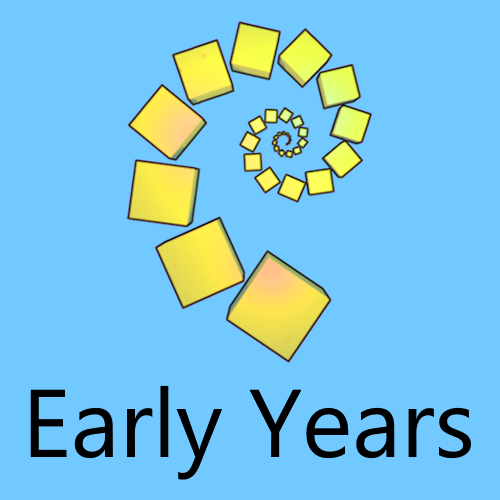
What to expect, when? Parents' guide 2015
This short article critiques the 'What to Expect, When' guidance, written for parents who want to find out more about their child's learning and development in the first five years.
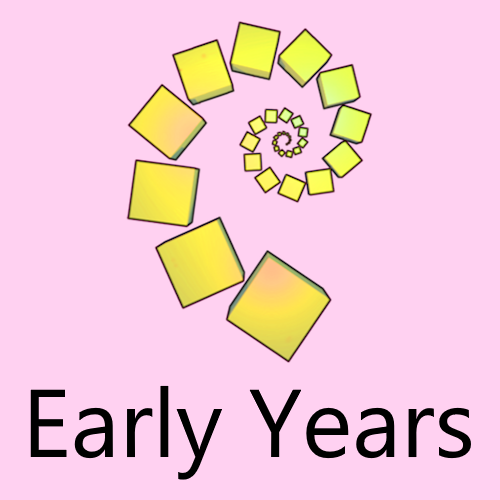
The value of two
Ruth Trundley outlines her doctoral research and concludes that development of an understanding of cardinality is a crucial element of counting that can be overlooked.
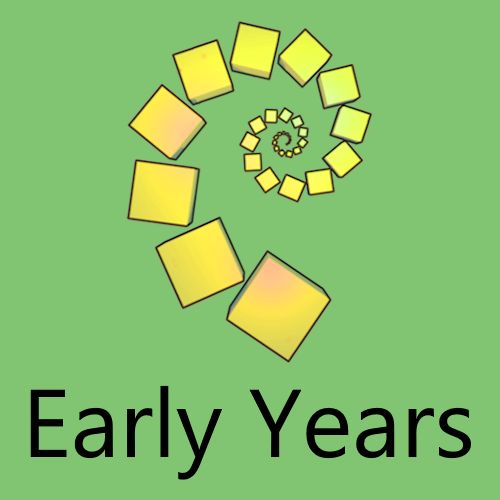
Developing number through tidying up
This article describes how one nursery setting focused on tidying up time as a context in which to explicitly target the development of number and calculation skills.
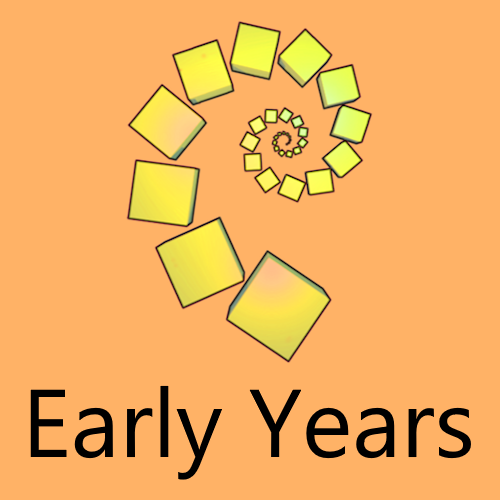
Early years mathematics: how to create a nation of mathematics lovers?
In this article, Dr Sue Gifford outlines how we can create positive attitudes and higher achievement in mathematics, starting in the Early Years.

Mathematical problem solving in the early years
This article describes how the NRICH Early Years resources aim to further develop young children's natural problem-solving abilities in the context of mathematics.

A good foundation for number learning for five year olds?
This article, written by Dr. Sue Gifford, evaluates the Early Learning Numbers Goal in England, in the light of research.

Explanation of our EYFS format
Here you can find out more about how we structure our EYFS activities.

Children's thinking
Dr Sue Gifford outlines different ways in which you might capture young children's mathematical thinking and how to send samples to NRICH.

New building blocks: a review of the pilot Early Learning Goals
This article discusses the revised Early Learning Goals for mathematics which were announced in June 2018.

Subitising
In this article for EY practitioners, Dr Sue Gifford outlines what we mean by subitising and how we can teach it.

The importance of shape and space in the early years
In this article for EY practitioners, Dr Sue Gifford discusses children's early spatial thinking and how this predicts their mathematical understanding and achievement.

Counting collections in the early years
In this article for practitioners, Cath Gripton and Deliah Pawluch explore the 'counting collections' approach, which encourages children to spend time playing and experimenting with counting.
